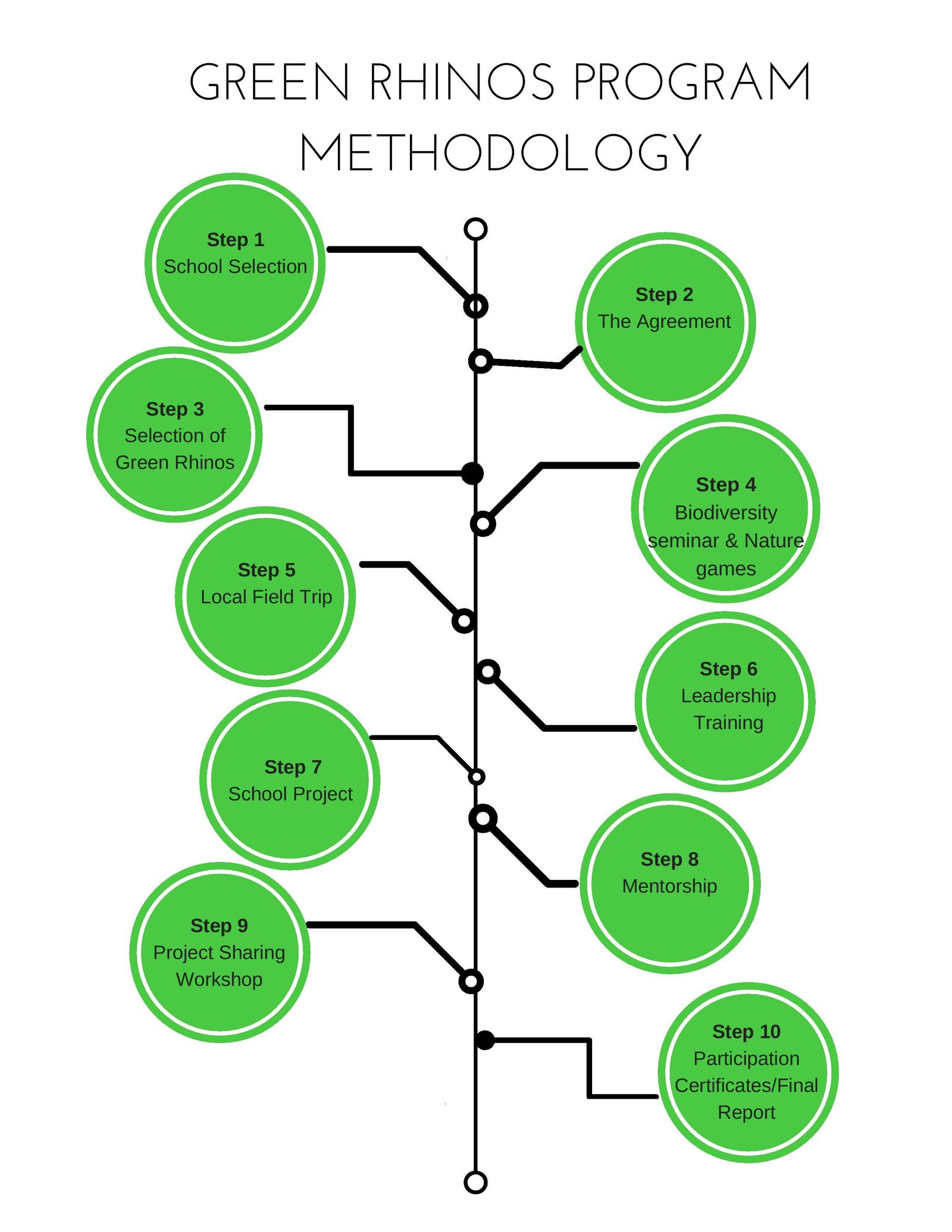research report chapters

Introduction
In the realm of academic and scientific writing, a research report serves as a crucial vessel for conveying the intricacies of inquiry and discovery. Much like a well-orchestrated symphony, a research report comprises distinct chapters, each playing its own pivotal role in harmonizing the narrative of a research journey. These chapters—spanning the introduction, literature review, methodology, results, and discussion—collectively weave a comprehensive tapestry that not only presents findings but also provides context and insight into their significance.
Understanding the structure of a research report is essential for both new and seasoned researchers alike. It enables them to communicate their findings effectively while adhering to established conventions that facilitate clarity and rigor. In this article, we will explore the vital chapters of a research report, delving into their unique purposes and the importance of each component in the overall narrative. By charting a clear path through these sections, we aim to illuminate the essential elements that contribute to a successful research report, guiding you through the journey from hypothesis to conclusion.
Understanding the Structure of Research Report Chapters
The structure of research report chapters is meticulously crafted to ensure clarity and coherence in presenting findings. Each chapter serves a distinct purpose, guiding the reader through the research journey. Typically, these chapters include:
- Introduction: Setting the stage for your research question and objectives.
- Literature Review: A comprehensive analysis of existing research that contextualizes your study.
- Methodology: Detailed explanation of research design, data collection, and analysis techniques.
- Results: Presentation of findings, often supplemented by tables and figures.
- Discussion: Interpretation of results, implications, and relevance to the field.
- Conclusion: Summation of the research, highlighting key takeaways and future directions.
Each chapter is interrelated, creating a flow that reinforces the central thesis of the research. Here’s a simplified table that outlines the purpose of each chapter:
| Chapter | Purpose |
|---|---|
| Introduction | Establish context and objectives |
| Literature Review | Identify gaps and relevance |
| Methodology | Explain research approach |
| Results | Showcase data and findings |
| Discussion | Analyze and interpret findings |
| Conclusion | Summarize insights and implications |

Key Components for Crafting Effective Literature Reviews
To craft an effective literature review, it’s essential to focus on several key components that ensure clarity and comprehensiveness. First, select relevant sources that not only align with your research question but also represent a diversity of perspectives. This includes peer-reviewed articles, books, and conference proceedings that provide a well-rounded overview of the topic. Next, synthesize information from these sources, critically evaluating their methodologies and findings. This synthesis should highlight trends, themes, and gaps in the existing research, guiding future inquiry.
Another vital aspect is structural organization. Adopting a logical flow enhances readability and comprehension. Consider using thematic headings or chronological arrangements to present information coherently. Additionally, proper citation is crucial. It not only lends credibility to your review but also allows readers to trace the origins of your arguments. Incorporating visual elements, such as tables, can further clarify complex data. Below is a simple example of how to present key findings from multiple sources:
| Source | Main Findings | Methodology |
|---|---|---|
| Smith et al. (2020) | Identified key trends in renewable energy adoption. | Survey and interviews. |
| Jones (2019) | Highlighted barriers to implementation. | Meta-analysis. |
| Lee (2021) | Suggested policy frameworks for improvement. | Case studies. |

Navigating Methodology: Best Practices for Data Presentation
Effective data presentation is essential for crafting compelling research reports. To enhance the clarity and impact of your findings, consider implementing the following best practices:
- Know Your Audience: Tailor your presentation style and content to meet the needs and comprehension levels of your audience.
- Utilize Visuals: Incorporate charts, graphs, and infographics that not only present data but also highlight trends and comparisons effectively.
- Simplify Complex Data: Break down intricate datasets into digestible pieces, avoiding jargon and ensuring accessibility.
- Engage with Storytelling: Frame your data within a narrative that guides your audience through the information, making it relatable and memorable.
- Encourage Interaction: Foster dialogue by inviting questions or feedback during the presentation, creating a dynamic atmosphere.
In addition to adopting these strategies, meticulous organization of your data presentation can significantly enhance comprehension. A structured table can serve as an effective tool to summarize key findings. Consider this example:
| Data Point | Impact | Recommendation |
|---|---|---|
| Customer Satisfaction | Increased by 15% | Implement feedback mechanisms |
| Sales Growth | Up by 20% | Enhance marketing strategies |
| Operational Efficiency | Improved by 10% | Invest in training |
This approach ensures that your audience can quickly grasp the essential elements of your research, leading to a more impactful and memorable presentation.

Concluding Insights: Drawing Meaningful Conclusions and Recommendations
As you finalize your research report, it is essential to synthesize the findings in a way that not only captures the essence of the data collected but also presents actionable insights. To achieve this, start by summarizing key findings that directly align with your original research questions. Highlight the implications of these results, considering both their practical applications and the theoretical contributions they make to the field. This is where you weave together the strands of your research, showing how they inform existing knowledge and potentially unveil new avenues for inquiry.
Your recommendations should flow naturally from the conclusions drawn, addressing the needs identified throughout your research. Ensuring that these suggestions are feasible and grounded in your data will enhance their relevance. Consider categorizing the recommendations for clarity. Here’s a simple example table to illustrate different types of recommendations:
| Focus Area | Recommendation |
|---|---|
| Policy | Review and revise current guidelines based on findings. |
| Practice | Implement training programs incorporating study insights. |
| Future Research | Explore the long-term impacts of the identified trends. |
In Conclusion
understanding the chapters that comprise a research report is crucial for both aspiring and seasoned researchers. Each section—from the introduction that sets the stage for your inquiry to the discussion that interprets your findings—plays a vital role in communicating your work effectively. By thoughtfully crafting each chapter, you not only present your research clearly but also contribute meaningfully to the existing body of knowledge. Remember, a well-structured report not only conveys information but also engages and informs your audience, paving the way for further exploration and discovery. As you embark on your research journey, keep these essential chapters in mind, and let your findings resonate long after the final page is turned.




